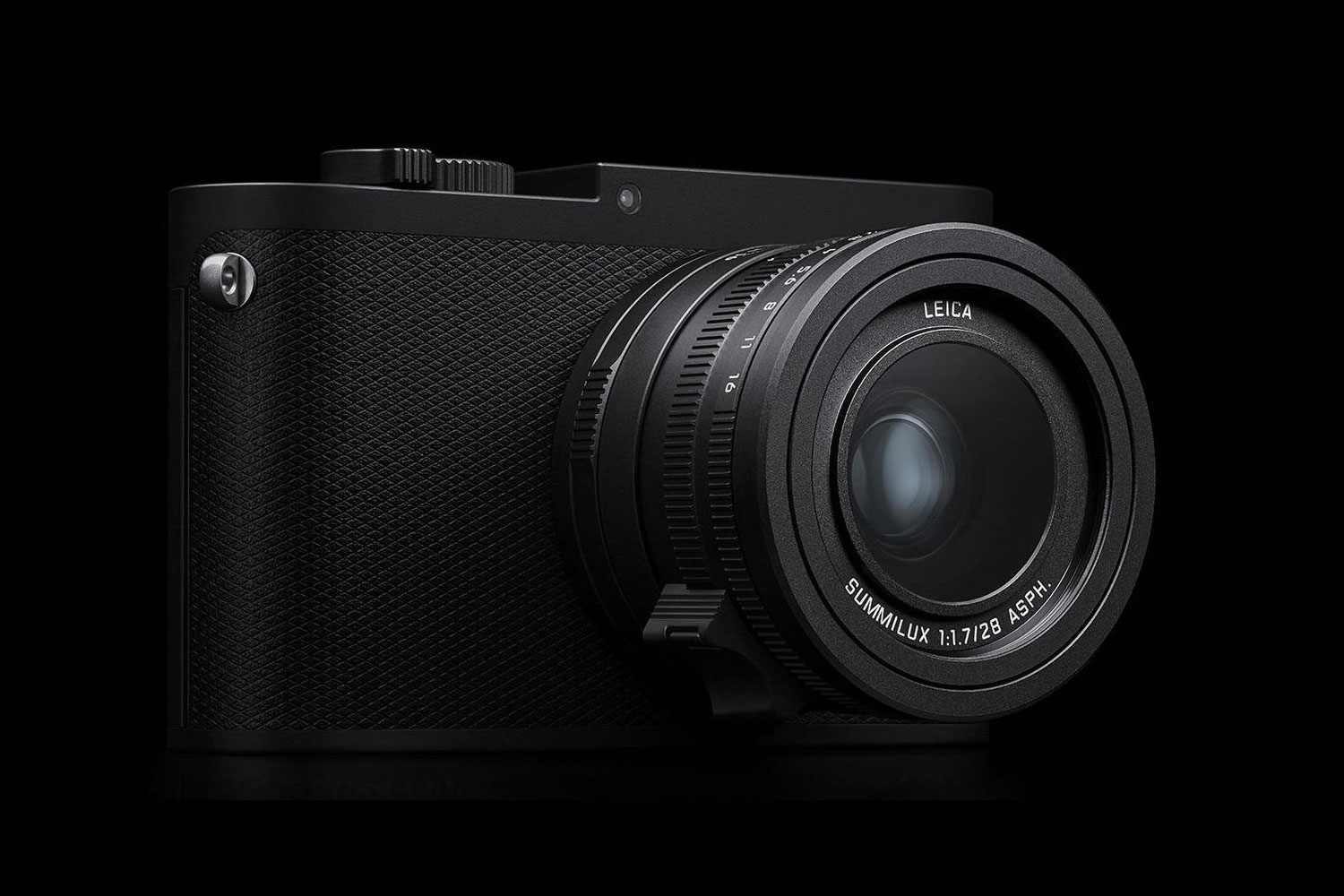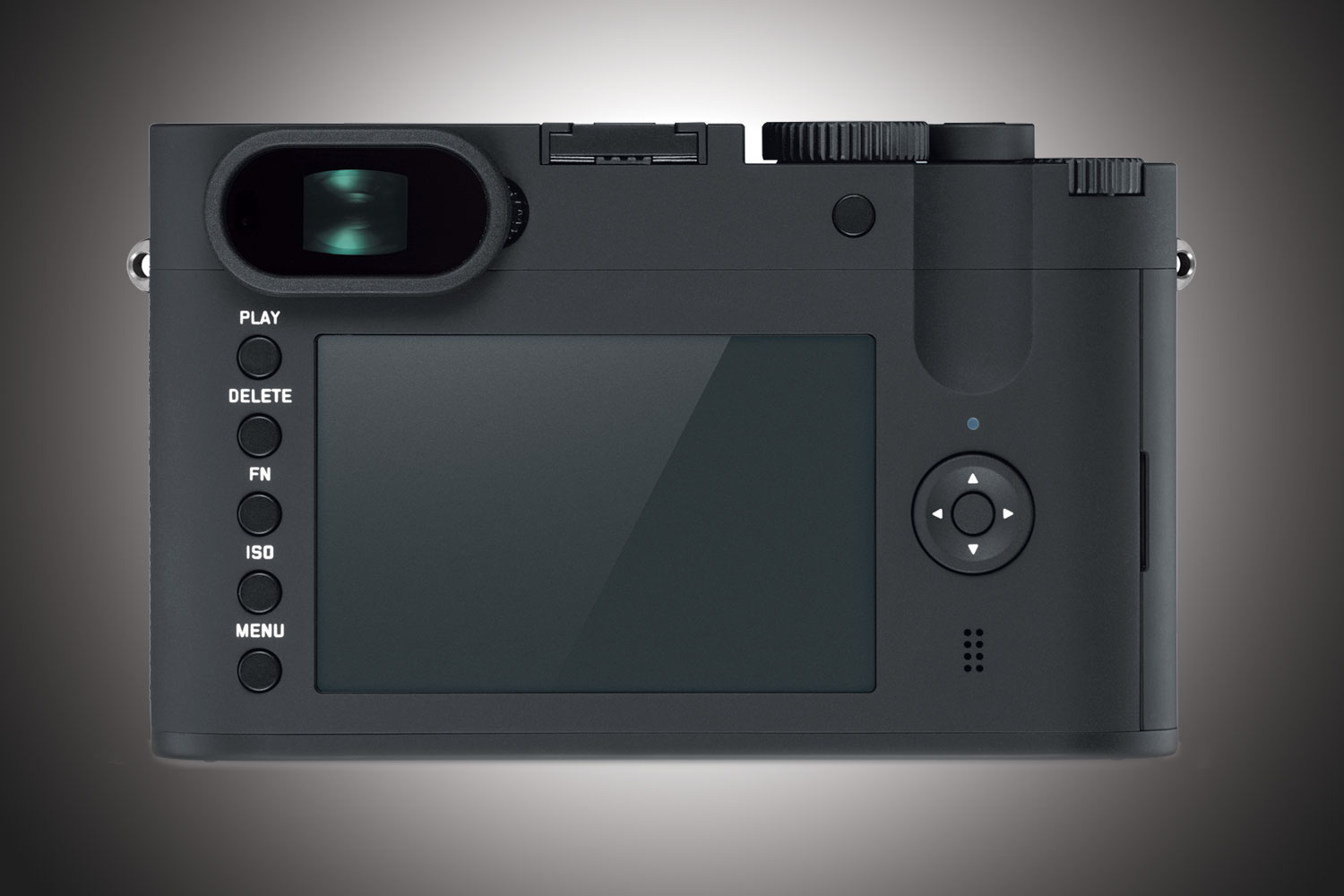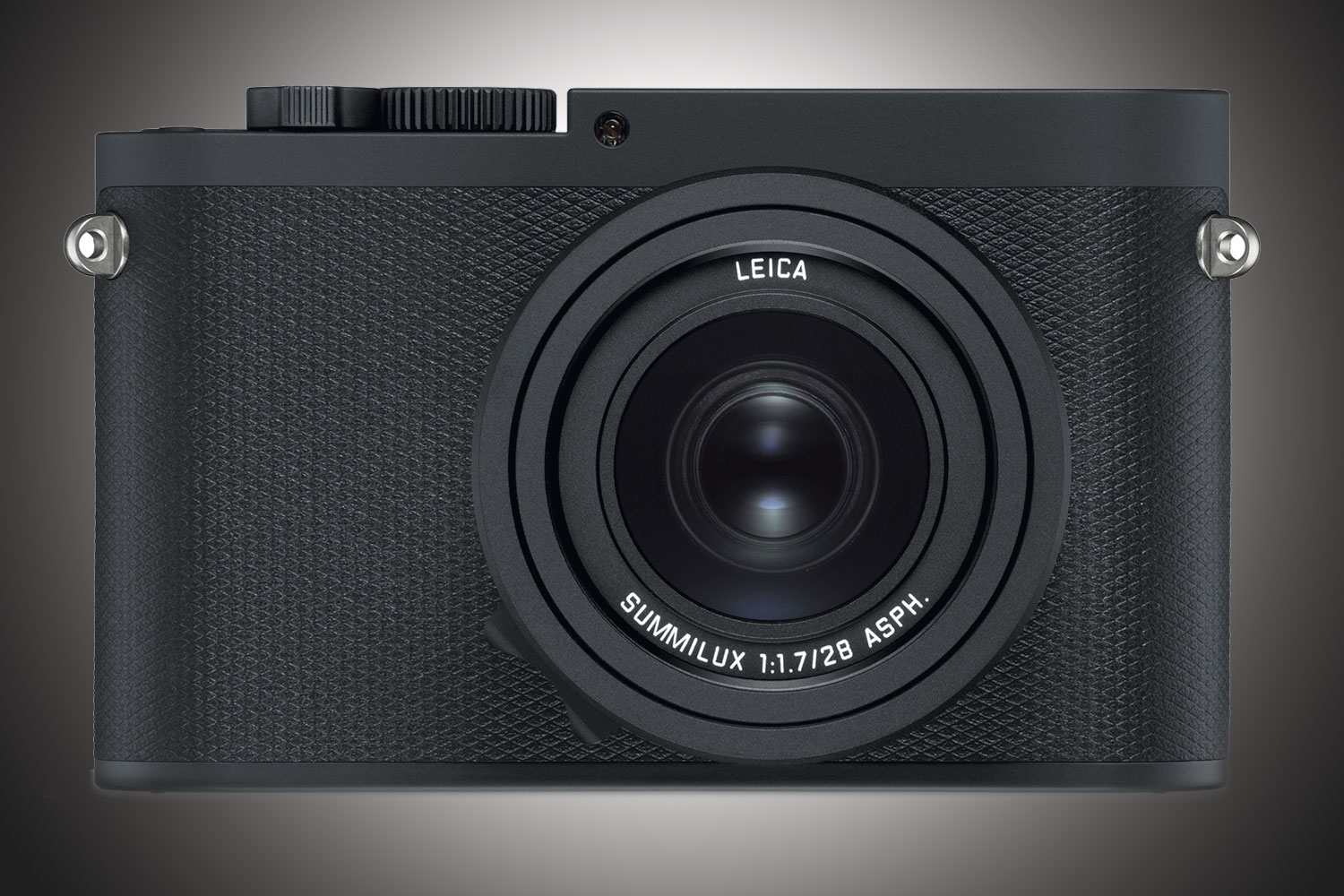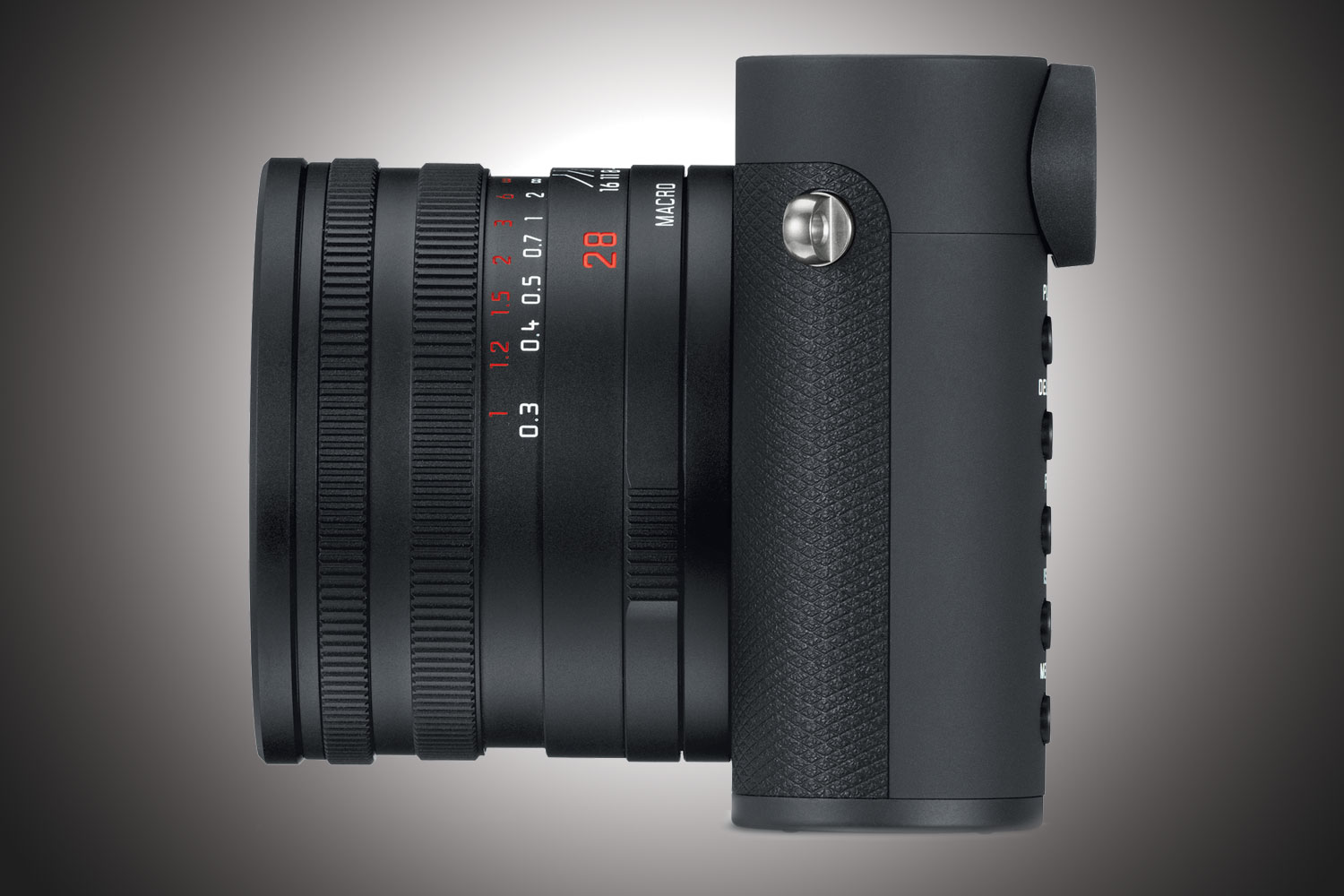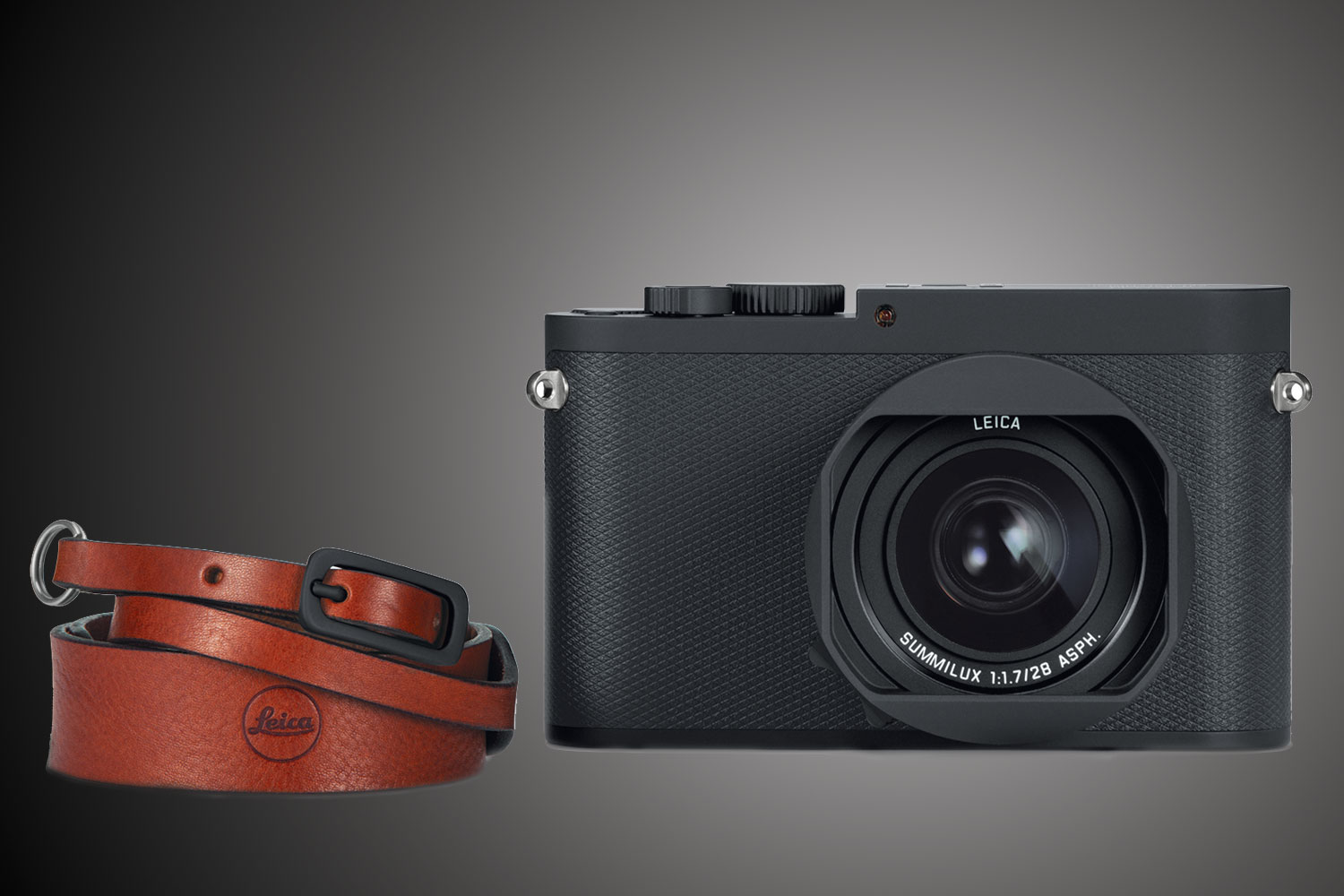If the all-black, minimalist Leica Q was just too garish for you — with its brazen red dot logo and all — fret not, Leica has you covered with the new Q-P. Although internally identical to the Q, including the same 24-megapixel full-frame sensor and fixed 28mm f/1.7 lens, the camera’s exterior has been coated in a new matte-black paint for the ultimate in unobtrusiveness — and that pesky red dot is nowhere to be found, the job of branding having been relinquished to an exquisitely engraved “Leica” script on the top plate.
So what will all this extra understatement cost you? An additional $500 over the base Leica Q. That’s right, the Q-P is a $4,995 fixed-lens camera. It’s like a statement piece for introverts; you know you spent more than you needed to, but you don’t necessarily want other people to know.
In truth, we would be more surprised — a bit worried, even — if the Q-P didn’t cost more than the regular Q. Charging a premium for cosmetic updates is Leica’s modus operandi, so this is just business as usual. Leica doesn’t just sell cameras, it sells ideas. It sells emotion. And you can’t put a price on those, can you?
If we take a moment to give the Q-P a more solemn assessment, the fact is, even approaching $5,000, it remains one of the more affordable Leicas. For a brand steeped in the street photography tradition, Leica has long appealed to photographers who demand high-quality results from compact, stealthy cameras. The Q-P is narrowly tailored for this task. Its built-in wide-angle lens, fast aperture, and autofocus (something Leica M series rangefinders lack) all specifically target the street photographer, while the downplayed styling gives users the best chance they have of remaining unnoticed while they work.
Or, you could save $500 by picking up the standard Q and put a piece of black gaffer tape over the red dot — no, wait, that would sacrilege.
The Leica Q-P is on sale at Leica stores, boutiques, and dealers, but it appears to not be in stock yet, at least at major online retailers, which are currently offering preorders. While you wait, it’s a good time to turn down the lights, grab a Rauchbier, and get caught up on Netflix’s acclaimed German series Dark.
